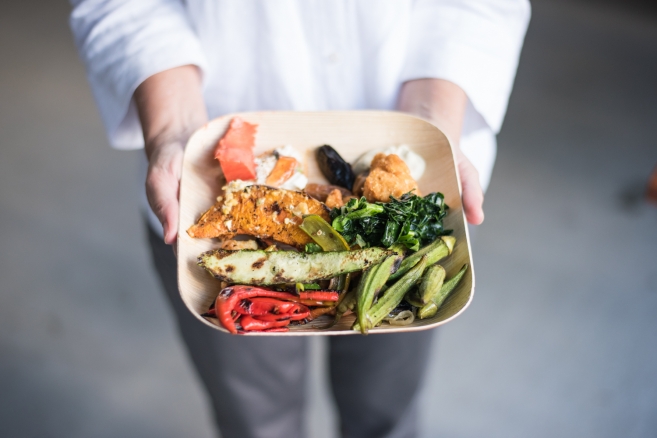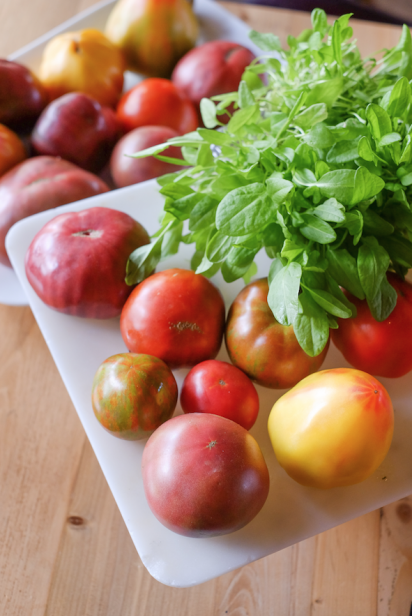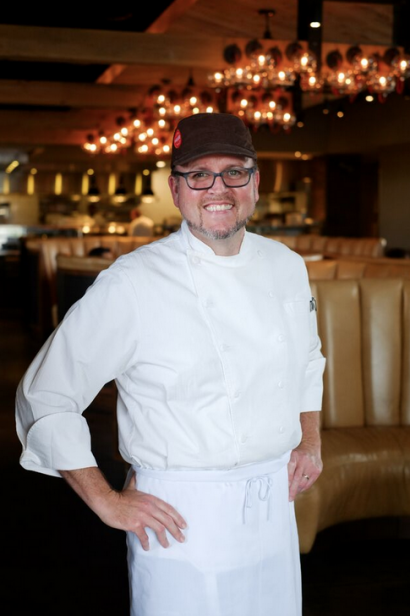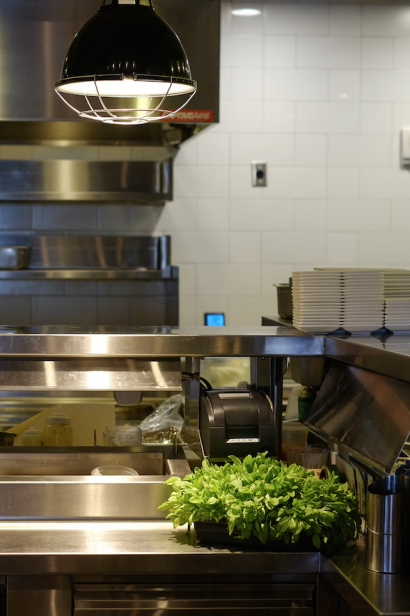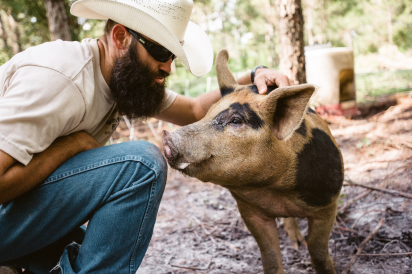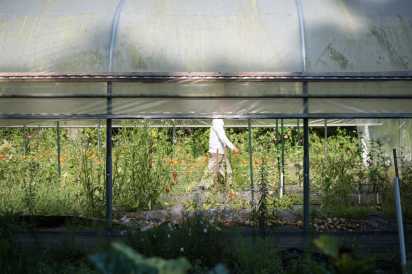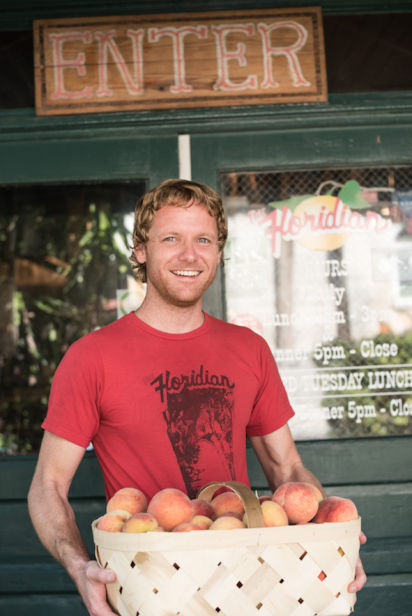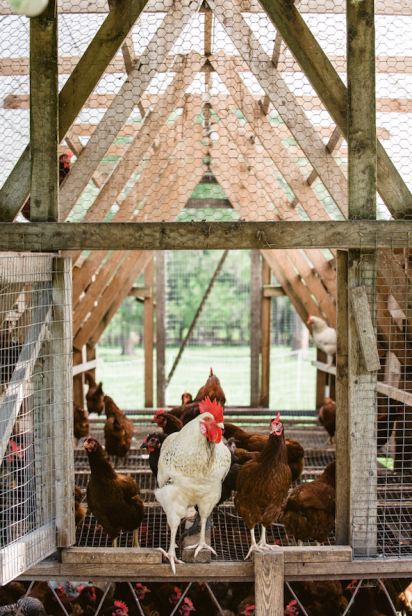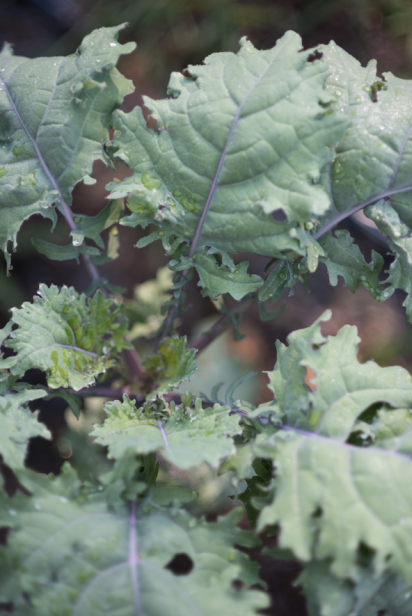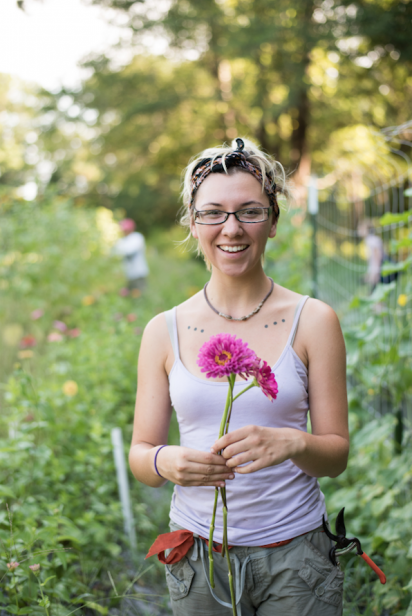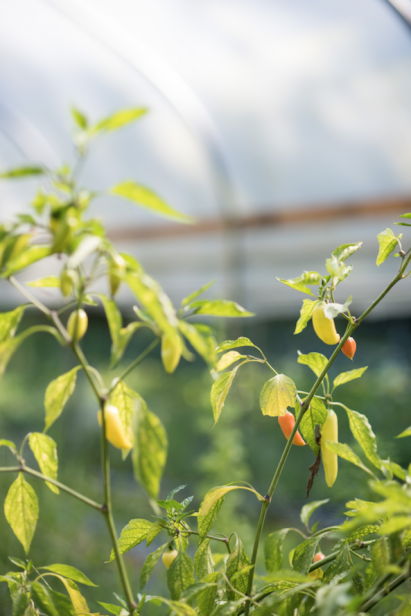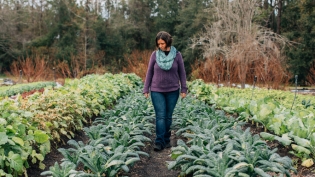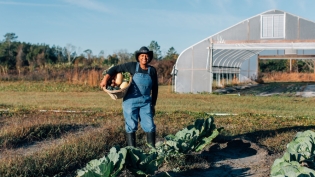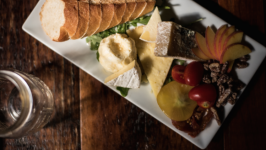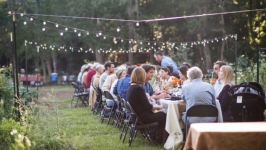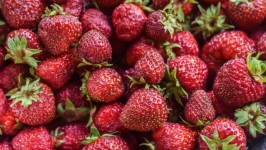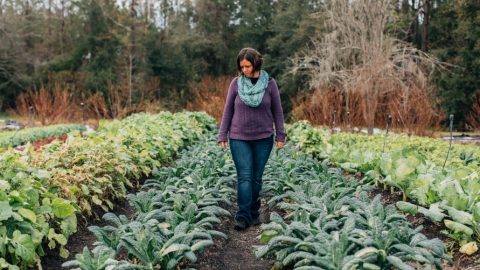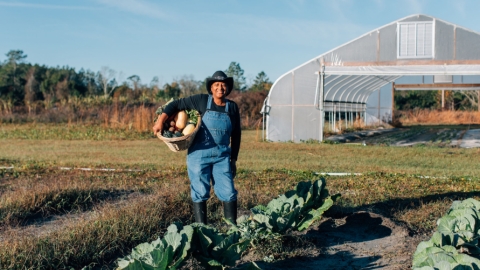What It Means to Eat Local
When it comes to what we put on our plates, “local” is all the rage. Food that is locally grown, marketed, and consumed is generating increased interest from consumers throughout the United States, and in Northeast Florida, we’re no exception. Our increased appetite for “eating local” has given rise to a network of farmers’ markets throughout the region, the robust proliferation of small, entrepreneurial food-related enterprises, and a community more engaged and connected than ever before around the table.
And yet, in the face of all these advances, lingering uncertainty remains. We’re told that “buying local” is a good thing to do. We hear that “eating local” is helpful. But when it comes to understanding the value of local food, the one thing no one seems to know is: what, exactly, does “local” mean?
There is no universal definition of what “local” food means, though locavores might argue the magic number is 100 miles. A clause in the 2008 Food and Farm Act also stipulates that products that travel less than 400 miles from their original point of origin, or products produced within the same state, can be labeled “locally or regionally produced,” so when consumers read “local” on labels, social media or even billboards, there’s no way of knowing how the “localness” of that product or service is defined.
For some consumers, “local” refers specifically to food grown within a particular region, generally close to a place they identify as home. For others, “local food" is associated with natural, organic, specialty products marketed through grocers or restaurants, or artisan food makers. For others yet, there is a social component; buying “local” means knowing and supporting the people and businesses that have had a hand in bringing one's food to the table. National proponents suggest “local” is only a matter of geography, and therefore, when we think of eating and drinking locally, our definition must include producers of all kinds, including individuals and institutions engaged in processing, distributing, and selling food within a given region. While it may seem overly indulgent to spend too much time considering the term “local,” the problem with leaving it fuzzy is that if we can't define what it means, we also can’t define its relative value to our health, our communities, and our economy.
FOOD SYSTEMS
In Northeast Florida, we needn’t look too far back to see how one wave of the “local” movement started. It was at Henry Flagler’s famous Ponce de León Hotel in St. Augustine. With a growing number of guests, Flagler needed more fresh vegetables. He collaborated with Thomas Hastings (a relative of the architect) to establish a nearby farming community to supply his ventures. What started as a small, diversified farming district in the late 1800s has been renamed Hastings, and today it is recognized for its large-scale production of potatoes, cabbage, and onions. Flagler regarded food not in terms of individual products or services but as an entire food system—a network of mutually beneficial relationships that support one another in growing a regional economy. Not only would excessive transportation and long-term storage diminish the quality of products served to guests, but sourcing at a distance also passed over opportunities to create local jobs and cultivate a new market of consumers willing and able to buy their own region’s products. In short, buying too much produce from afar didn’t make good business sense. And some make that same argument today. Is it possible to eat 100% local all the time? With diligence and a bit of creativity, yes. But is it practical, given the demands of a modern-day society? Maybe not so much. That doesn’t mean, however, that a shift in the direction of “local” isn’t both doable and desirable.
KNOWING YOUR FOOD
There is a new generation of food makers who recognize the need for a systemic, sustainable approach to the cultivation and production of food, and it is perhaps this generation of “real food” advocates who best understand the value of, and challenges within, our shifting paradigms. Every day they are responding to consumer demands for locally grown food, traceable to its source, humane, and sustainable in its production while also battling the market realities of providing such products (often at slightly higher prices or in locations that aren’t as convenient for shoppers). The good news for these growers and producers is that consumer trends are shifting, and awareness is on the rise. As Mimi Iannuzzi of Slow Food First Coast notes, “We are noticing younger moms are cooking more often, and they express real concerns about the integrity of the foods they use at home. The more they know, the more they are beginning to change their buying habits.”
BIG-PICTURE THINKING
The irony of eating local, of course, is that it requires big-picture thinking. Gone are the days when we had time to grow all our food and lifestyles that allowed us to manage its use throughout the seasons. Charming and quaint as it might sound, small farming in Northeast Florida is not easy, nor is running a small food business committed to sourcing locally. Business challenges -- like pricing products competitively and reducing spoilage rates when food does not sell, educating consumers on the value of your products, or finding time to market and distribute your goods -- are real. Still, the number of local farms and producers with big-picture thinking is growing, and with that growth, more food system efficiencies will come.
INNOVATION AND CONSERVATION
One of the most easily overlooked elements of the “eat local” movement is the incredible innovation that emerges as growers and producers look for solutions to food system challenges. Every year, local farms find new ways to produce products that might otherwise be considered waste. Twinn Bridges Farm, for example, maintains a recycling program that converts vegetable oil (from the restaurants they supply) into bio-fuel and extracts glycerin as a by-product, which, in turn, is used to make natural soap. Cognito Farm, a protein powerhouse, has found a way to produce sustainable beef, pork, poultry, and eggs while eliminating the need for excessive use of antibiotics or growth hormones simply by caring more humanely for their animals.
And growers and producers are not the only ones moving toward a more sustainable way of thinking. Chefs and restaurateurs are increasingly becoming advocates of eliminating food waste. By partnering with local pantries, they move unused food into the hands of those that need it. By creating menus that utilize all parts of a plant or animal, they minimize the scraps their kitchens produce. As some of the most visible faces of food in our communities, advocacy from these stakeholders is essential.
“Implementing conservation is not easy. We need to be extremely proactive and diligent to achieve our goals,” says Tom Gray, owner and chef of Moxie Kitchen + Cocktails. “We’ve instituted all sorts of conservation practices and invested in infrastructure that most people never see with the goal of producing the smallest carbon footprint achievable. While none of this is mandatory, we do it because it’s the right thing to do.”
Jeff McNally, co-owner of The Floridian in St. Augustine, embraces a similar outlook. “We showcase locally crafted and locally grown ingredients every day," he says, "not only because these foods are interesting, delicious, and fun, but buying local is good for the community.”
FARMERS' MARKETS
It’s impossible to understand the value of eating local without paying homage to the role that farmers' markets play in supporting our local food system. Markets provide an iconic opportunity for consumers to gather and engage with the people who grow and make their food. They are a place of commerce but also a place of community, a conduit for connection. While not every farmers’ market will exclusively feature vendors who source produce from local farms, many are helping define "local" by establishing clear guidelines and parameters for vendor participation. The Beaches Green Market, for example, requires vendors to grow at least 75% of all offerings. No store-bought items are allowed for resale, and participants are directly accountable for knowing where the food they sell is sourced. Similarly, the Riverside Arts Market in Jacksonville encourages the sale of locally produced foods with a rule that vendors must operate within a 100-mile radius of the city and are limited to products grown or made only on their premises.
LIVING LOCAL
How do these conversations shape our understanding of what it means to "eat local"? That's a story still unfolding. We know it's about more than mileage designations or boundaries on a map. We know it's about more than food. Until we have the answers, we must keep asking questions -- about where our food is from, how it landed on our plates, and whether or not it's good for people and the planet. Perhaps the spirit of eating local is, at its core, about supporting our community in creating a more resilient, sustainable food system for everyone around the table.
*********
Where to Learn More:
Slow Food First Coast
Florida Organic Growers
Your Local IFAS Extension Office
Florida Department of Agriculture and Consumer Services
Dig Local Network


